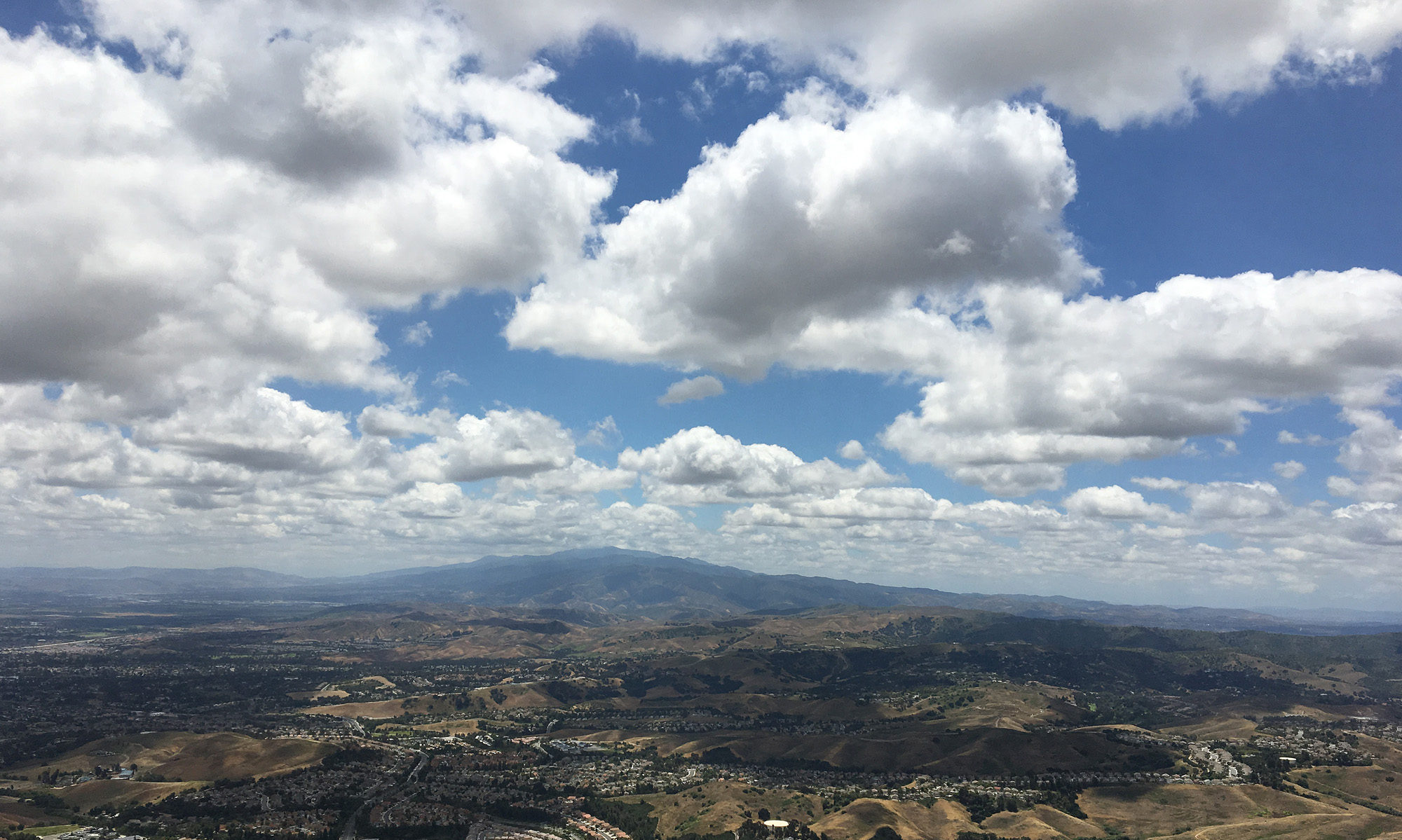My company is nothing without its partnerships. Among those are the ones we develop with mechanics, with our airport management, our neighbors, our competitors, and with our ATC facility.
El Monte Airport (KEMT) is a class D airport that’s smack-dab in the center of some of the most complicated airspace in the world. Lying directly to our north is the San Gabriel Mountains, a mountain range with terrain over 10,000.’ The basin is also flanked by smaller ranges that criss-cross the southern half of the state, from the coastline to the Mexico border. The KLAX class B airspace begins about 1-1/2 miles from the south end of our airport, and the Inland Empire area to our east–which includes airports such as KCNO, KAJO, and KRAL–is one of the most congested IFR training areas in the country.
Which means that our controllers aren’t just the people we talk to on the radio: They’re partners in our operation, because they help keep our students and CFIs alive. Understand this, and you’ll be one step closer to making the most of your ATC partnership and helping make things better for the aviation community in your neighborhood. The folks up in that facility have names, faces, and aspirations, and if you give them the opportunity, they’ll probably be happy to share their knowledge in ways that can help your students… and you.
What does this relationship look like? For us, it begins with the understanding that our tower crew is doing the best they can to keep everyone safe and running efficiently. It helps to remind ourselves that we’re not the ones looking at the radar screens, and so if we get a long runway hold, another extended downwind, or weird vectors to final, it’s happening in the interest of everyone’s safety. Be patient and you’ll help your controller help you. That might include giving traffic a bit of extra space (such as a student pilot on their first solo or a pilot who mis-hears an instruction), or letting other pilots go ahead of you on the ground. Plan ahead and be willing to yield in a possible conflict, and you make your controller’s life a thousand times easier–which frees up their mental bandwidth to help you when you need it.
Along these lines… have you heard yourself on the radio lately? Your radio presence says a lot about you, over a very public part of the airwaves. Would you want to talk to–or fly with–you, based on these interactions? If not, fix it! Nobody, in any field, wants to talk to grumpy automatons. Be upbeat, imagine your future students are listening, and give good “mic” and people will respond.
What else can you do? Ask your controllers to participate in your training and outreach. This has paid dividends for us at KEMT; our controller team has been regular participants in our Rusty Pilot seminars and ground school classes; they’ve also helped us host youngsters from the community, and they have pitched in with their specialized expertise when we have students who struggle with ATC communication. In an area with a high percentage of non-native English speaking pilots, the advantages we gain from our controllers’ help cannot be understated: getting to know the person on the other side of the radio makes communication more cooperative, and WAY less scary for our students.
How do you go about getting your controllers’ help? Be courteous in the pattern and on the taxiways. Teach your students the same, with the understanding that their flying reflects on your operation. Get to know the people in your tower. Offer your controllers a “familiarization” flight. Invite them to events. Tap into their knowledge. Understand that they are as interested in your safety as you are. They’ll reciprocate–I promise.
Happy flying!
